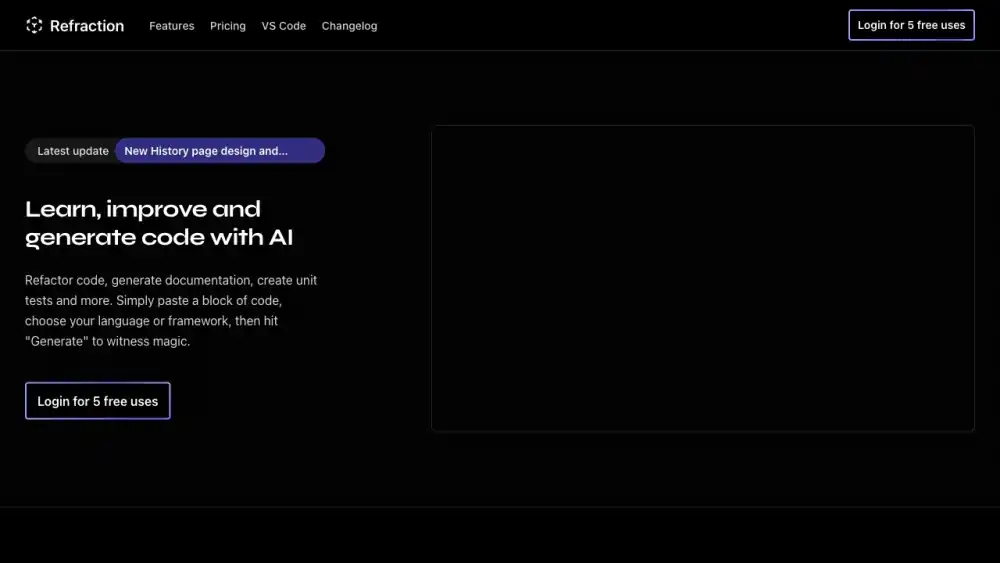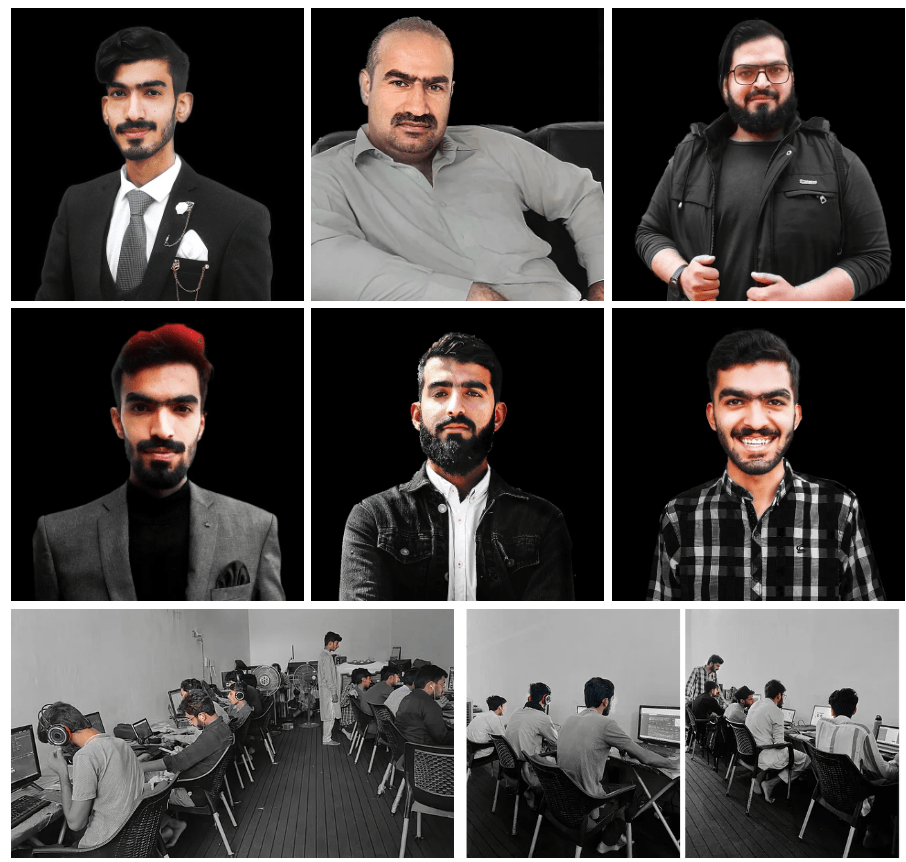Refraction: Bending Light’s Path
Refraction is the bending of light as it passes from one transparent medium to another. This phenomenon occurs due to the change in speed of light as it travels through different substances.
A common example of refraction is a straw appearing bent when placed in a glass of water. The light rays from the straw bend as they pass from the water (denser medium) to the air (less dense medium), creating the illusion of a bent straw.
Would you like to know more about the factors affecting refraction or its applications in real life?
Pros and Cons of Refraction
Refraction is a fundamental principle in optics, but like many scientific phenomena, it has its advantages and disadvantages.
Pros of Refraction
- Vision correction: Refraction is the basis for corrective lenses, such as glasses and contact lenses.
- Optical instruments: Refraction is essential for the functioning of telescopes, microscopes, cameras, and other optical devices.
- Natural phenomena: Responsible for beautiful natural occurrences like rainbows and mirages.
- Technological applications: Used in fiber optics, lasers, and other technological advancements.
Cons of Refraction
- Image distortion: Refraction can cause image distortion, as seen in optical aberrations.
- Limitations: Refraction has limitations in certain conditions, such as when light passes through non-uniform media.
Would you like to know more about specific applications of refraction or its role in different fields?
Pricing for Refraction
Refraction, in the context of eye care, refers to the process of determining the refractive error of the eye.
The cost of a refraction typically varies based on several factors:
- Geographic location: Prices can differ significantly between regions and countries.
- Type of practice: Costs might vary between private practices, optometry clinics, and hospital-based eye care centers.
- Additional services: If other eye exams or tests are included, the overall cost can increase.
- Insurance coverage: Many insurance plans cover part or all of the cost of a refraction.
It’s important to note that the cost of a refraction does not usually include the cost of eyeglasses or contact lenses. These are typically separate expenses.
Would you like to know more about factors that influence the cost of a refraction or how to find affordable eye care options?
An alternative is a choice or option. It’s something you can do or use instead of something else.
Examples:
- Noun: “I don’t like coffee. I prefer tea as an alternative.”
- Adjective: “We need to find an alternative solution to this problem.”
Synonyms:
- Option
- Choice
- Substitute
- Replacement
Would you like to explore a specific use of the word “alternative”?
For example, we could discuss:
- Alternative energy sources
- Alternative medicine
- Alternative lifestyles
Or, perhaps you have a specific question in mind?
FAQs is an acronym that stands for Frequently Asked Questions. It’s a collection of questions and their answers that people commonly ask about a particular topic or subject.
Purpose of FAQs:
- Provides quick answers: Helps users find information without having to search for it.
- Saves time: Reduces the need for repeated inquiries.
- Improves customer satisfaction: Offers efficient support.
- Enhances website usability: Improves user experience.
Common Uses of FAQs:
- Customer service: Answering common product or service questions.
- Online help centers: Providing troubleshooting guidance.
- Knowledge bases: Offering information on a specific topic.
- Educational resources: Explaining complex concepts.
Would you like to create an FAQ for a specific topic? I can help you brainstorm questions and answers.
Or, perhaps you have a question about creating or using an FAQ?
A conclusion is the final part of something. It’s where you summarize your main points, offer final thoughts, or draw a final judgment.
Common Uses of Conclusions:
- Essays and reports: Summarizing key arguments and providing a final perspective.
- Speeches and presentations: Wrapping up main points and leaving a lasting impression.
- Research studies: Presenting final findings and implications.
- Problem-solving: Determining a solution or course of action.
Key Elements of a Strong Conclusion:
- Reiterate main points: Briefly summarize the key ideas discussed.
- Offer final thoughts: Provide a concluding statement or perspective.
- Call to action: Encourage the audience to do something (optional).
- Avoid introducing new information: Stick to summarizing and concluding.
Would you like to work on writing a conclusion? I can help you structure it and refine your ideas. Or, perhaps you have a specific question about conclusions?
![]()






